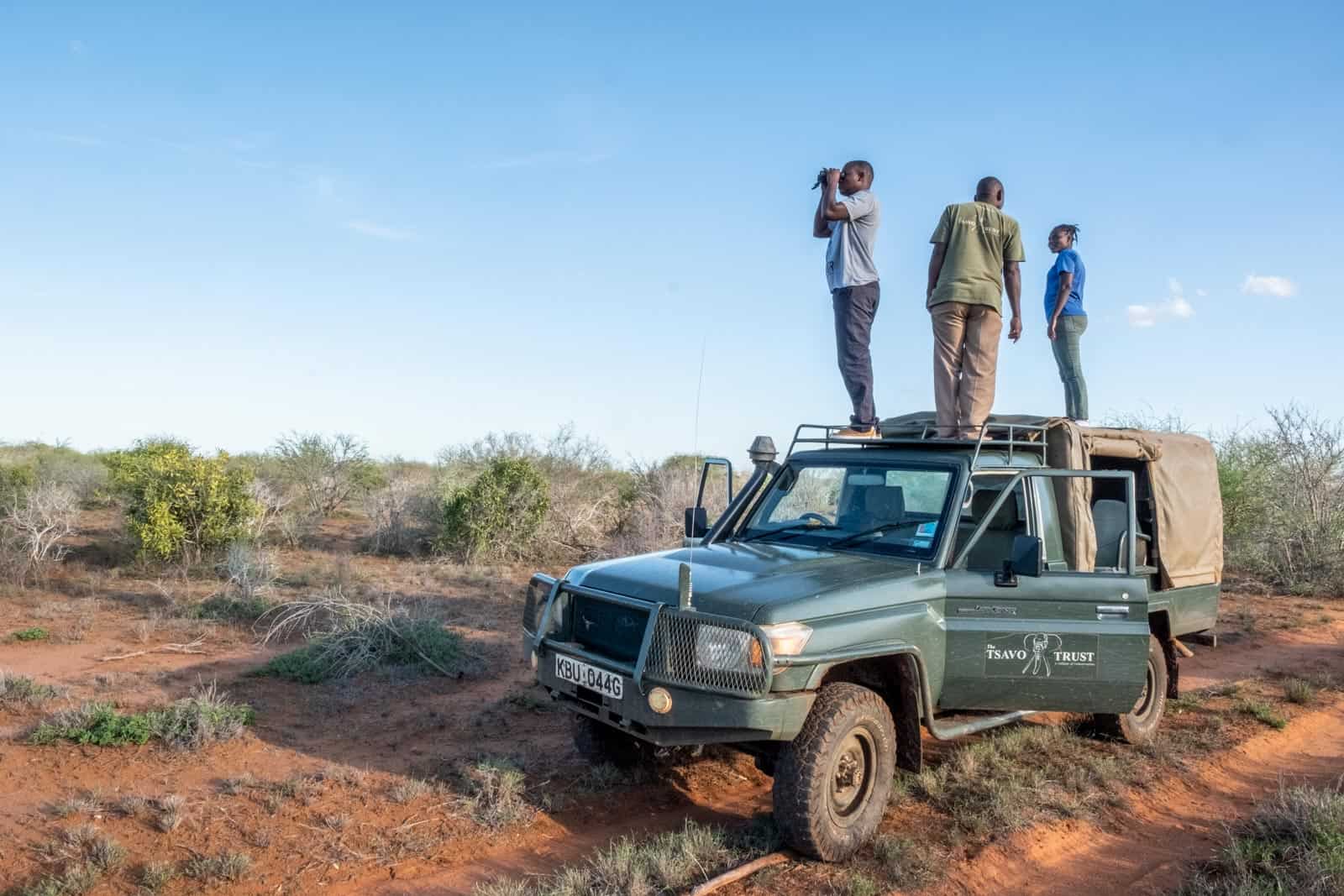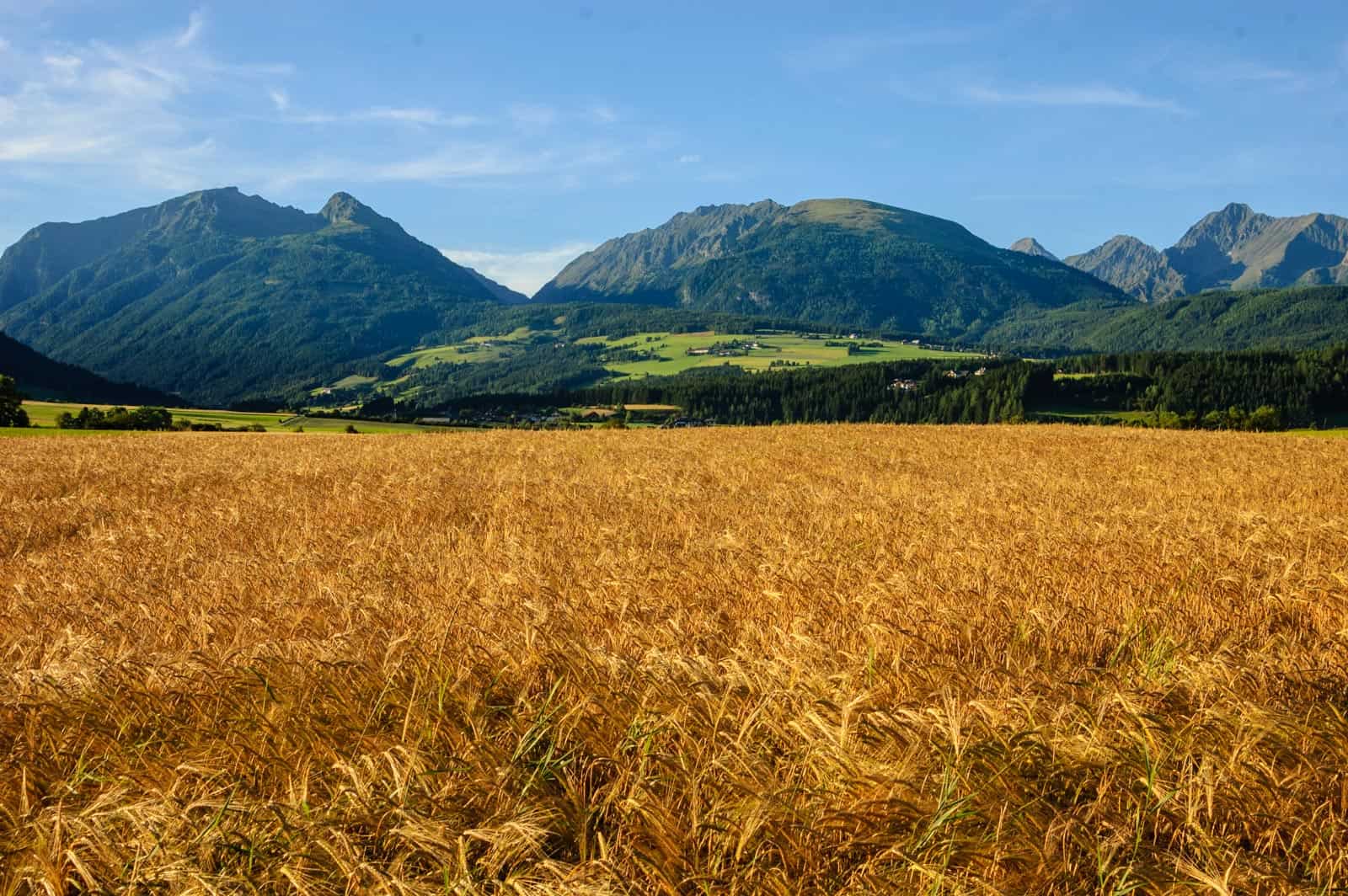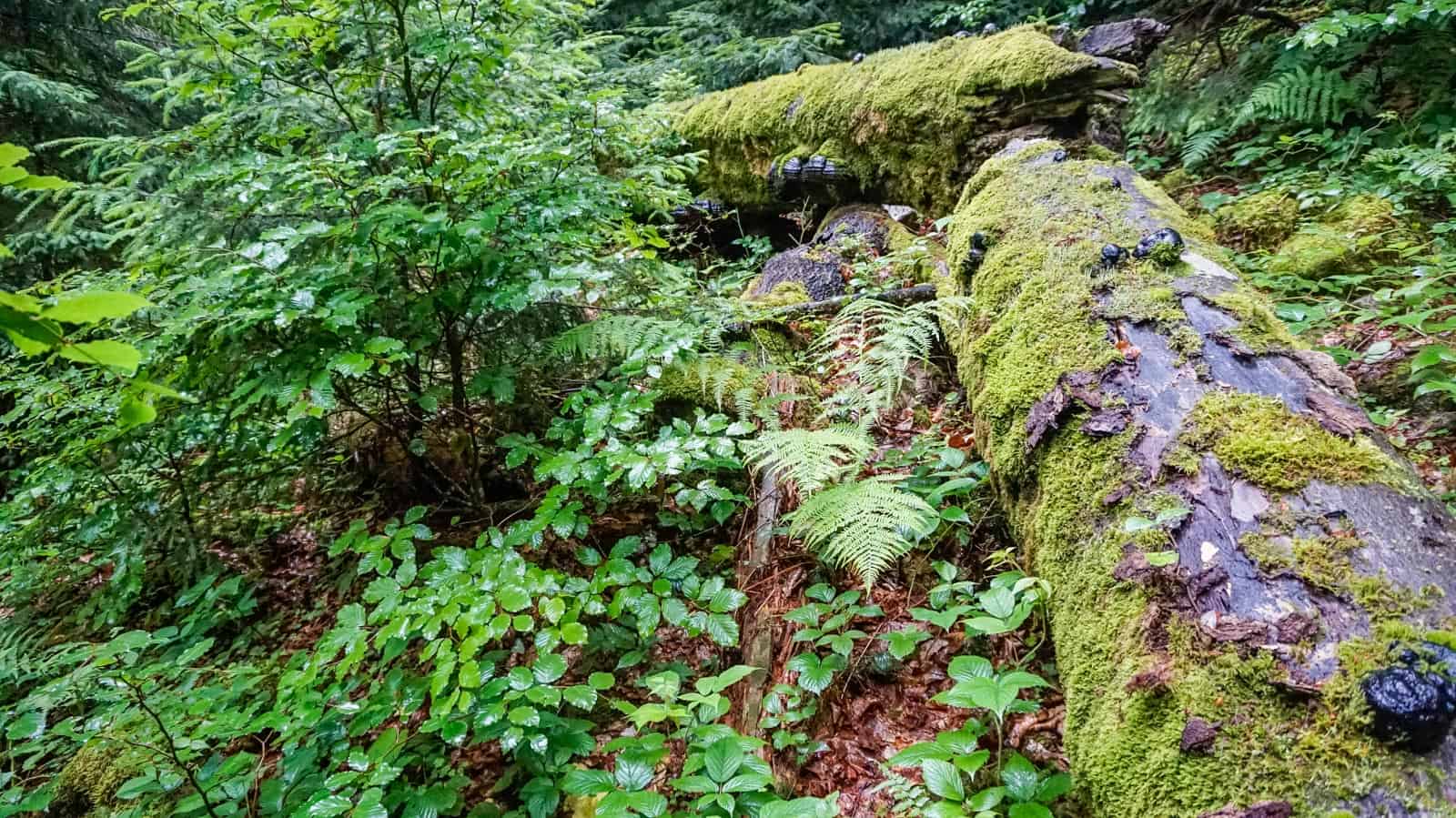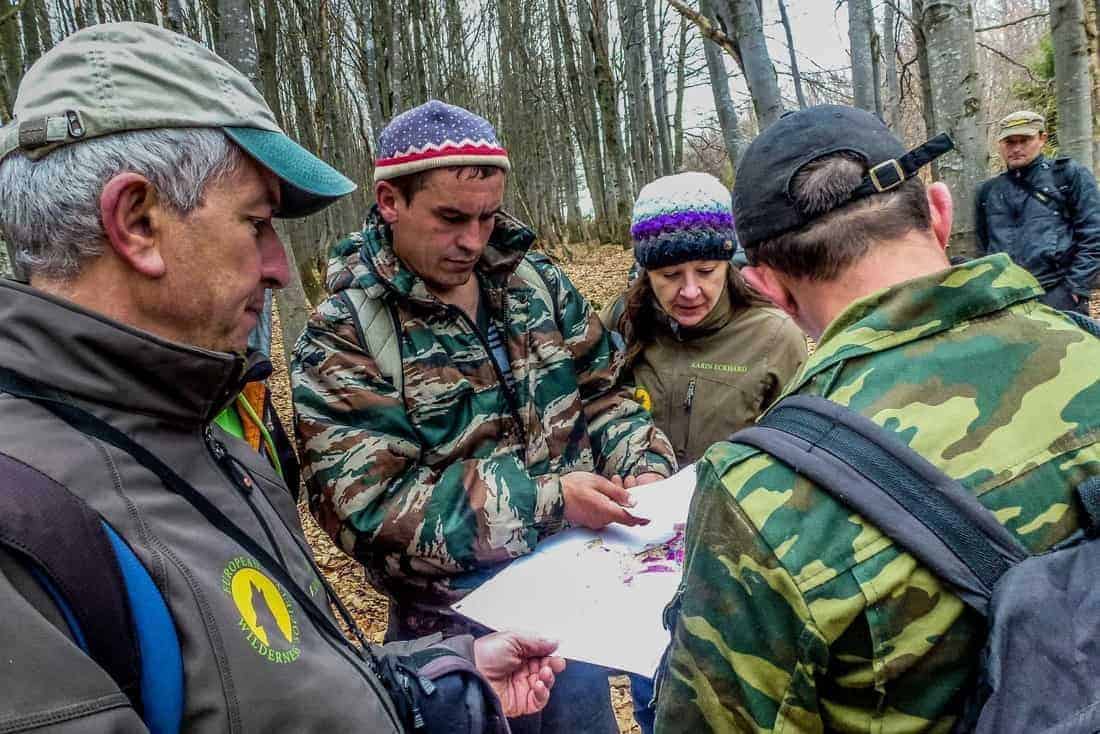Towards gender equality in the ranger workforce
Women are just as eager as men to join ranger workforces. Being a ranger is an important opportunity to contribute to conservation and protection of the planet. But the barriers for women to become a ranger are high. The profession is mostly male-dominated, with women representing only about 3 -11% of the ranger workforce globally. As part of World Ranger Month starting in July, the International Ranger Federation and the Universal Ranger Support Alliance, researcher Dr Joni Seager has opened critical new perspectives analysis of the challenges and opportunities for bringing gender equality into ranger workforces.
The report is based on a survey assessing ranger perceptions: more than 7,000 rangers participated across 28 countries. Moreover, more than 40 rangers, managers and conservation experts were interviewed personally.
Gender balance in the ranger workforce
Gender equality is the fifth goal of the Sustainable Development. Nature conservation is amongst the sectors where gender inequality is evident in many countries. Both women and men have the right to opportunities for employment, livelihood, inclusion, information, and recognition. Both men and women benefit from living in more gender-equal societies. When the women participating in the interview had to answer about their experiences and aspirations, most were enthusiastic about contributing to conservation and sustainability through being a ranger. Ranger work is a source of prestige and pride as well as employment (often in employment-scarce areas) for women as much as for men.
Scientific evidence confirms that bringing gender balance into the ranger workforce is beneficial to conservation, sustainability, and wildlife management. In general, bringing a diversity of views and skills improves all fields of work. Women and men have diverse knowledge and priorities when it comes to conservation. Therefore, balancing the ranger workforce will help realise larger conservation goals.
Obstacles and challenges
Most of the factors limiting the equal participation of women in the ranger workforce are universal for most other work fields. Gender norms that have a deep cultural root and attitudes hold women back to a great extent from participating in activities that carry the label of being “outdoors,” therefore physically arduous or technically or scientifically oriented. In comparison, society in general considers men as being better equipped for all of these (presumed) attributes of a ranger.
The report also highlights, that presumptions about women’s limitations and men’s abilities typically produce a ranger workforce that segregates and ranks people by gender. Most women occupy administrative roles (which also are often the lower-paid ranks). They are not able to access the full range of ranger opportunities on the same terms as men. In this way, women may be outside the loop of information-sharing and important decision-making channels. Across all levels of ranger associations, there are no policy frameworks, accountability mechanisms, or expertise capacities to shift these dynamics. Likewise, ranger organizations, offices, government ministries, community leaders and others seldom make explicit, public, and consistent commitments to improve gender equality. Leadership in prioritizing gender equality is therefore absolutely essential.
Key takeaways and recommendations
The report summarises the key takeaways as follows:
- More than just being male dominated, ranger work has a ‘macho’ representation. The general male-dominated public image of what a ranger does, and what a ranger ‘looks like’ deters women.
- Women face distinctive gender-specific barriers that prevent them from entering and thriving in the ranger workforce. Women rangers experience pervasive and extraordinarily high levels of violence and harassment. This includes harassment from fellow rangers, from supervisors, and from community members. Harassment is increasing by the absence of women managers. The fact that almost no ranger employers have strong equality and anti-harassment policies. Male managers also tend not to understand the obstacles women face.
- Other obstacles to attracting and retaining a professional ranger workforce. These include low pay, poor working conditions, and limited training opportunities — affect men as well as women, but with gender-differentiated effects. In much of the world, both men and women rangers are not on permanent contracts. However, the situation is still worse for women.
- Bringing gender balance into ranger workforces is critical for conservation’s future. It will expand capacities and perspectives on conservation, sustainability, and resource management. Evidence presented in this report suggests that bringing gender equality into the workforce has the potential to improve conservation, relationships with communities, park management, and wildlife management.
- Solutions must be based on gender analysis – and there are some global ‘best practices’ that point the way towards gender equality. Ranger organisations can take the lead in modelling commitments to social change in women’s empowerment.
- There is almost no analysis of distinct barriers or opportunities experienced by racial, ethnic or sexual identity minorities. These identity or intersectional effects are likely to be very significant. Gender and intersectional diversity in representation within organisations is an effectiveness amplifier – in project planning, programme development and execution, priority-setting, decision-making groups. The likelihood of better decision-making is amplified when representatives of the whole – not just half – of the population have the opportunity to be involved.









